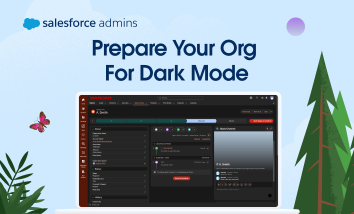Are you a Salesforce Admin managing multiple orgs? If so, Data Cloud One is the game-changer you’ve been waiting for. This new solution simplifies the complexities of using Data Cloud across multiple orgs, making it easy to access a unified Customer 360 profile and take action. Utilize powerful features like calculated insights, Data Cloud-triggered flows, […]










